Tax day has come and gone and you didn’t have time to file your taxes. As long as you filed a tax extension, you have an extra six months to get your tax return to the Internal Revenue Service (IRS).
The IRS will allow you to file an extension for any reason, as long as you file form 4868 by the original tax deadline or they will automatically grant you an extension if you have paid your taxes by the original deadline.
But what happens after you’ve filed a tax extension? We’ll help guide you through the process.

Check the status of your extension.
The first thing you need to do after you’ve filed a tax extension is make sure that it is approved. Although the IRS is good about granting tax extensions, you’ll want to double-check that yours has been approved. If you used an accountant to file your taxes, check back with them to see if it’s been approved. If you used a tax preparation service, you can check there to see your approval. Finally, if you mailed your extension form in, you’ll have to call the IRS customer service line to follow up on it.
Once you’ve verified that your tax extension was approved, you have six months to finish your taxes and submit them.
If your tax extension was rejected, it is most likely due to a clerical error. You may have misspelled something, or your last name doesn’t match the IRS’s records. If this is the case, you have 5 days to correct it and resubmit it.
Pay any taxes due.
Filing a tax extension does not extend the deadline for paying your taxes. If you owe any taxes, you need to pay them as soon as possible.
The IRS charges interest for any taxes not paid by the original due date. After that date, unpaid taxes are charged a .5% interest rate for every month, or partial month, that the balance is not paid. The maximum penalty is 25% interest.
If you can prove that you had a reasonable cause for not paying your taxes by the deadline, then the IRS might waive the interest fees.
File your tax return.
The final step with a tax extension is to file your taxes. The IRS allows you to file a tax return up to 6 months past the original filing date. You can file your return any time before that date as well.
If you fail to file your tax return by the extended date, you can face more penalties. The IRS charges a 5% penalty for any month, or partial month, that your tax return is late. Again, the maximum penalty is 25%. You can avoid the penalty if you have a reasonable explanation as to why your return was late. The IRS suggests you attach your reasoning to your tax return in order for it to be considered.
If you have questions about your extension or business tax return, reach out to our team at Vyde. We would love to help answer your questions!

FAQs for Filing a Tax Extension
1. How do I confirm if my tax extension has been approved? After filing, verify approval status. Contact your tax preparer, service, or IRS customer service if you submitted it by mail to ensure it was accepted.
2. What should I do if my tax extension is rejected? A rejection could be due to errors. Correct any inaccuracies within 5 days, such as misspelling or discrepancies in personal data, and resubmit.
3. Is paying taxes postponed by filing an extension? No, the tax extension only extends the filing deadline, not the payment. Clear any owed taxes by the original due date to avoid interest charges.
4. When should I file my tax return after getting an extension? Utilize the granted six-month extension period to file your taxes. Submit your return within this timeframe to avoid late-filing penalties.
5. What penalties might I face if I fail to file by the extended deadline? Late filing incurs a 5% penalty per month on the unpaid tax amount. Attach a reasonable explanation if your return is late to avoid this penalty.




